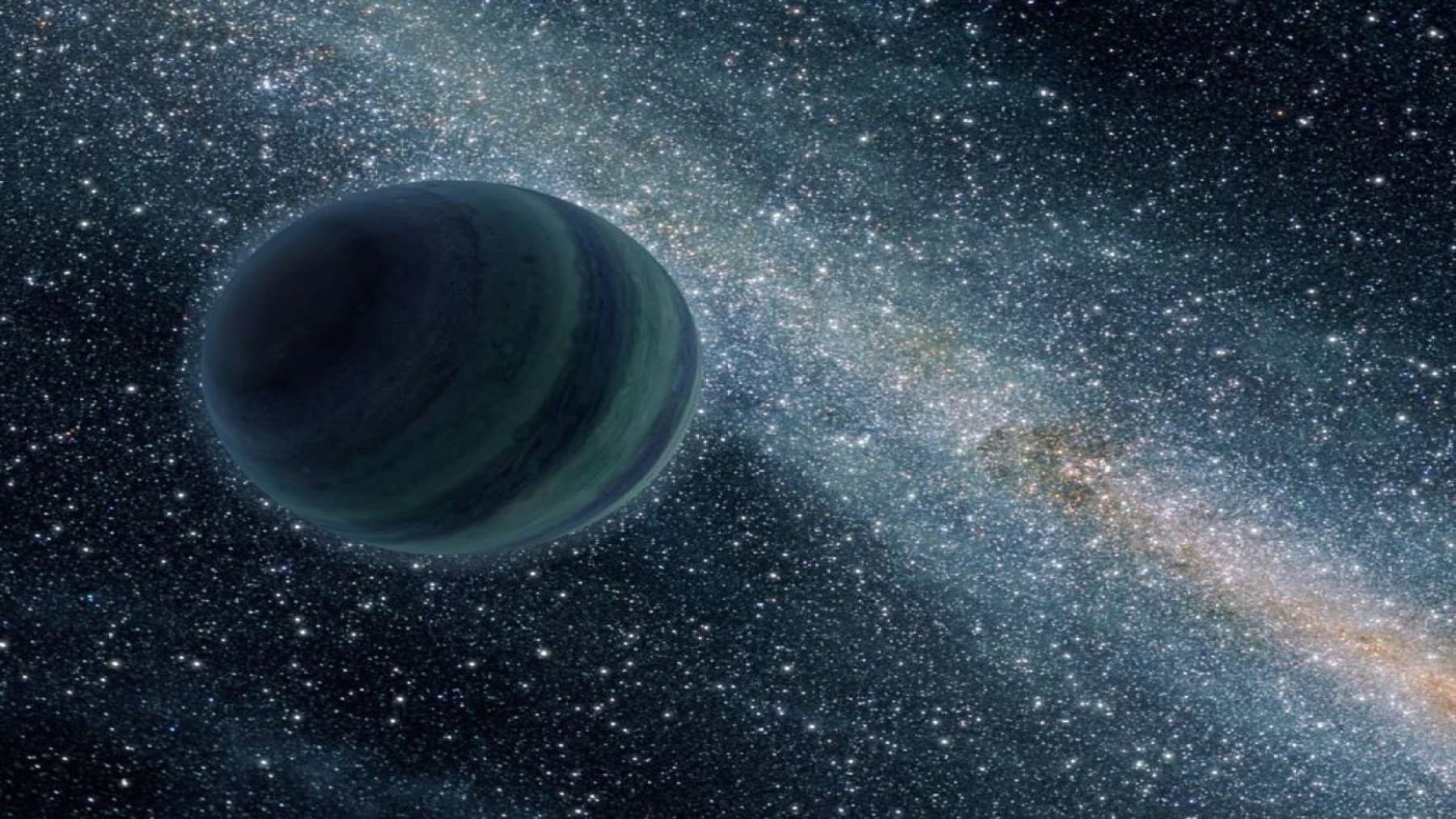Have you ever wondered into the night sky and questioned how many mysteries are held within it? Well, they’re endurable. In our solar system alone, scientists have uncovered several mysteries bound with shock and surprises. One such uncovering, scientists at NASA have discovered a traveler like nothing ever seen before. What could this be?
Astronomers at NASA have discovered an unidentified object near our Solar System
For astronauts at NASA, it was another casual day of observing our restless solar system, until they discovered something shocking. They noticed an object drifting close to us, following a strange flight path towards our solar system. Initially, scientists thought it to be a comet or an asteroid, but it wasn’t because it traveled straight-bound.
This unusual divide through our solar system led astronomers to calculate its source. This, too, wasn’t making any sense to NASA. The interstellar intruder wasn’t from the near distant Oort cloud. Neither was its origin traced to any region within our Milky Way galaxy. This traveling object originated from a different system.
Finally, scientists were able to find a definitive breakthrough when they analyzed its atmospheric composition. Although its brightness continued to flicker as it came closer, NASA was able to understand this newfound discovery. This was an exoplanet, one of over 5500 exoplanets recognized by NASA to orbit our solar system.
Explaining the enigma: what science and astronomy reveal about this strange interstellar traveler
When NASA initially began to analyze this object, they found all their results and reports to be completely unnerving. The traveling, refusing any definitive classification, was discovered to travel at tens of kilometers per second towards us. Further exploration reported it to fall between the sizes of Earth and Neptune.
Planets that fall within this range are usually characterized based on their atmospheric composition. Some are discovered to be rocky, while others could be rich in hydrogen or even ice. Sometimes, astronomers may discover a vast sea of water, like this bizarre cosmic twister discovery, rippling Milky Way. However, this traveler failed to fall into any of these categories.
This research was carried out by a team of scientists led by Everett Schlawin from the University of Arizona and Steward Observatory, and Kazumasa Ohno, from the National Astronomical Observatory of Japan, was present. This team used the James Webb Space Telescope and discovered an exoplanet similar to this, known as GJ 1214 b.
From the depths of space, analysis on the Webb Telescope reveals a distant truth
Previously, we have made it clear that exoplanets are usually rich in hydrogen or water. Upon careful analysis, the GJ 1214 b, located 48 light-years from our solar system, approximately 454 trillion kilometers away, was discovered to be rich in carbon dioxide. The level of concentration discovered was compared with that of Venus, and it surpassed.
Also, all the signals retrieved from the analysis were tiny and almost negligible. This led scientists to explore an endless plethora of what-if models and simulators. Still, the results best synonymous with those of this incoming traveler were an atmosphere richly dominated by high concentrations of carbon dioxide.
How this cosmic visitor redefines our idea of the universe
To date, astronomers have been unable to identify or categorize this traveler. But, astronomers believe it to be a dispersed part of a different solar system, separated by gravity, millions of years ago. So whether NASA uncovers the source, path, and destination of the strange entity remains a hopeful discovery.
But, along the line, it allows us to admire how vast and unaware we are of our universe. Whatever the aim was to send this object our way, astronomers remain sure of one thing. Time will keep running out, and so very soon, this traveler will pass our planet and disappear like it never did, just like this rare dying cosmic event.

